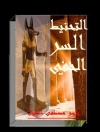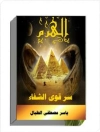Originally published in 1957, this classic work has guided generations of scholars through the arcane mysteries of medieval political theology. Throughout history, the notion of two bodies has permitted the postmortem continuity of monarch and monarchy, as epitomized by the statement, “The king is dead. Long live the king.” In The King’s Two Bodies, Ernst Kantorowicz traces the historical dilemma posed by the “King’s two bodies”—the body natural and the body politic—back to the Middle Ages.
The king’s natural body has physical attributes, suffers, and dies, as do all humans; however the king’s spiritual body transcends the earth and serves as a symbol of his office as majesty with the divine right to rule. Bringing together liturgical works, images, and polemical material, Kantorowicz demonstrates how early modern Western monarchies gradually began to develop a political theology. Featuring a new introduction and preface, The King’s Two Bodies is a subtle history of how commonwealths developed symbolic means for establishing their sovereignty and, with such means, began to establish early forms of the nation-state.
O autorze
Ernst H. Kantorowicz (1895–1963) taught at the University of California, Berkeley, and was a member of the Institute for Advanced Study in Princeton.
Conrad Leyser is associate professor of medieval history at Worcester College, University of Oxford. He is the author of
Authority and Asceticism from Augustine to Gregory the Great.
William Chester Jordan is professor of history at Princeton University. He is the author of
From England to France: Felony and Exile in the High Middle Ages (Princeton).












